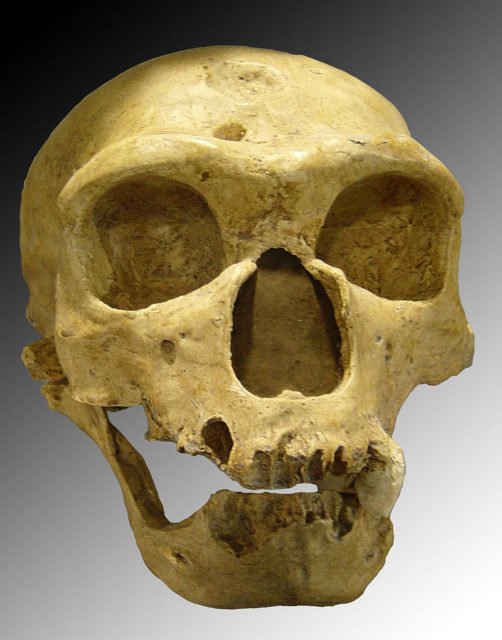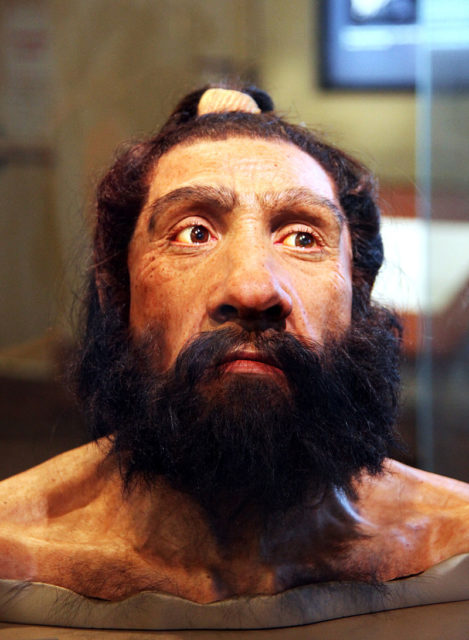One of the most prominent differences between modern humans and our ancient ancestors is the shape of our faces.
Our early relatives, such as the Neanderthals, had heavy brows, large noses, and thick, elongated skulls. By comparison, our features are flatter and much more delicate.
Our ancestor’s skulls continue to develop and grow new bone in the first few years of their life, whereas modern humans actually reabsorb bone from the front of their face around the upper jaw, leading to a much flatter skull shape.

Recent DNA analysis has shown that Neanderthals and current humans in Europe interbred on several occasions, and most modern Europeans now carry some degree of Neanderthal DNA.
This shows just how genetically similar we are to our ancestors, and some have suggested that Neanderthals were actually just a sub-species of human modern humans, rather than a distinct species in their own right.
Given this, anthropologists have always been somewhat mystified as to why they look so different to us.

Researchers studied the skull of a Neanderthal child discovered in a rock shelter on the Devil’s Tower in Gibraltar along with more than a few other Neanderthals.
Four skulls from adolescents discovered in the Sima de los Huesos cave in north-central Spain, are believed to be an older form of hominin, perhaps an early type of Neanderthal, that survived 430,000 years ago.
The Neanderthal child, who is thought to have been about five years old, lived much more recently than the individuals from Sima de los Huesos, and may have been part of one of the last remaining groups of Neanderthals before they went extinct.
Researchers examined the facial features of the child, which showed that even in his young age, the boy was already experiencing considerable bone growth.
In modern Humans at this age, there would already have been considerable amounts of bone reabsorption.

The ancient hominins found in Sima de los Huesos displayed comparable forms of bone development to the child as of Devil’s Tower, but to a lesser extent.
Professor Chris Stinger of the Natural History Museum in London said that these findings show how Neanderthals and Modern Humans underwent a very different developmental process.
This adds evidence to the argument that Humans are Neanderthals are, in fact, two distinct species.
